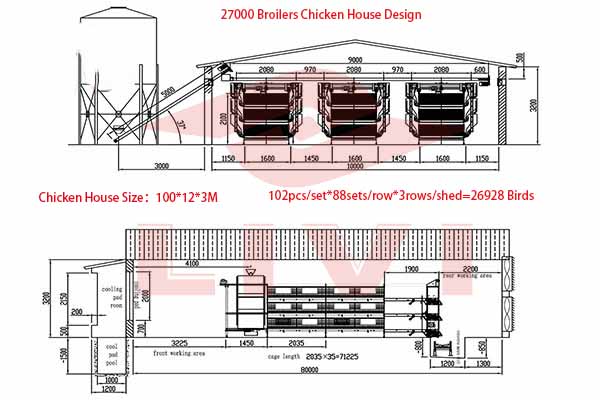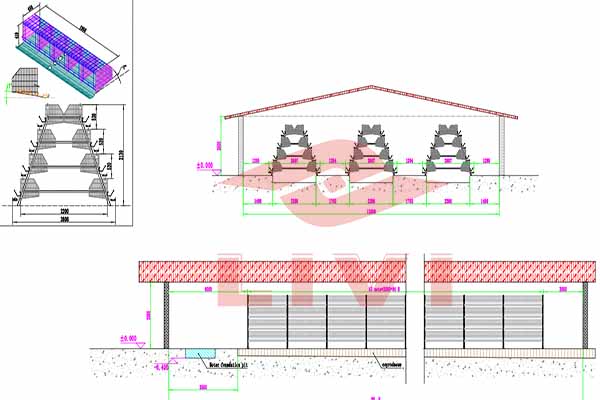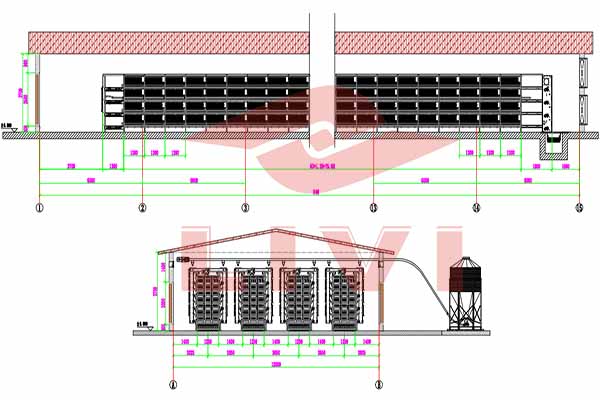Efficient Layer Cage Cooling Systems: The Key to Comfortable and Productive Chicken Coops
Intensive poultry farming has become a staple in the global food chain, with layer cages being the primary housing system for laying hens. One crucial aspect of maintaining optimal conditions in these cages is effective cooling systems. This article delves into the importance of layer cage cooling systems and how they can enhance the overall productivity and well-being of chickens.
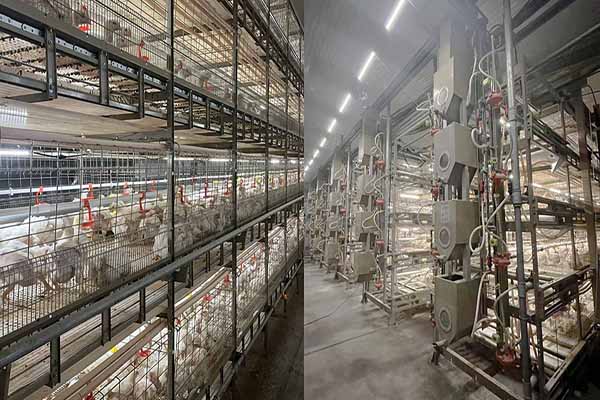
Why Layer Cage Cooling Systems are Essential
Chickens produce a significant amount of heat due to their metabolic processes, which can lead to excessive temperatures in confined spaces. This heat can cause stress, decreased egg producti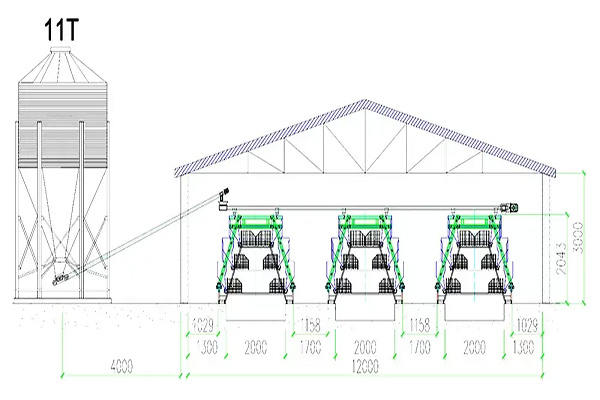 on, and even mortality in extreme cases. According to a study by the Poultry Science Association, proper cooling systems can increase egg production by up to 15%.
on, and even mortality in extreme cases. According to a study by the Poultry Science Association, proper cooling systems can increase egg production by up to 15%.
Here are some key reasons why layer cage cooling systems are essential:
- Reduces heat stress and discomfort for chickens
- Improves egg quality and yield
- Extends the lifespan of the chickens
- Enhances biosecurity by maintaining a cool environment
Types of Layer Cage Cooling Systems
There are several types of cooling systems available for layer cages, each with its own advantages and applications:
- Fan-Assisted Cooling: Uses fans to circulate air and dissipate heat. This method is effective in mild climates but may not be sufficient during extreme heat waves.
- Air Conditioners: Provide consistent temperature control but can be more energy-intensive and costly to install.
- Evaporative Cooling: Utilizes water to cool the air, which is then circulated through the layer cage. This method is energy-efficient and effective in hot, dry climates.
- Water Spraying Systems: Spraying cool water over the hens can rapidly reduce their body temperature, but it can be less efficient in very humid conditions.
Implementation and Maintenance
Implementing an effective layer cage cooling system requires careful planning and consideration of various factors:
- Climate and Environment: The cooling system should be chosen based on the local climate and the specific needs of the chickens.
- Energy Efficiency: Opt for systems that offer high energy efficiency to reduce operational costs.
- Space and Layout: Ensure the cooling system is appropriately sized for the number of chickens and the layout of the cages.
- Maintenance: Regular maintenance is crucial for the longevity and effectiveness of the cooling system.
Data from the National Institute of Animal Science indicates that a well-maintained cooling system can lead to a reduction in feed conversion ratio by up to 10%.
Contact LIVI Mechanical for Free Chicken Farming Design and Quotes
At LIVI Mechanical, we specialize in providing cutting-edge layer cage cooling systems tailored to meet the unique needs  of your poultry farming operation. Don’t miss out on our free, no-obligation chicken farming design services and equipment quotes. Contact us today to learn more!
of your poultry farming operation. Don’t miss out on our free, no-obligation chicken farming design services and equipment quotes. Contact us today to learn more!


